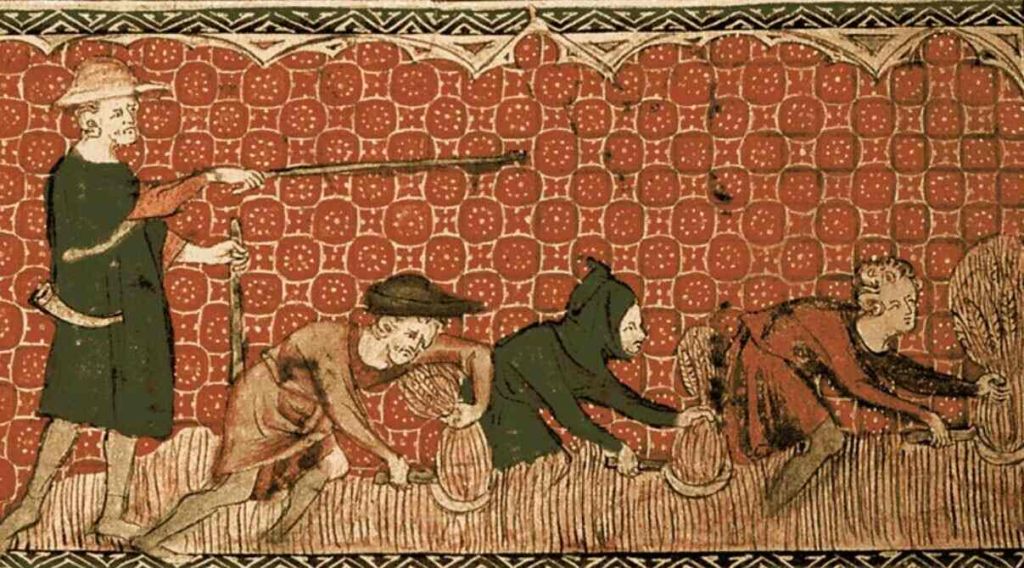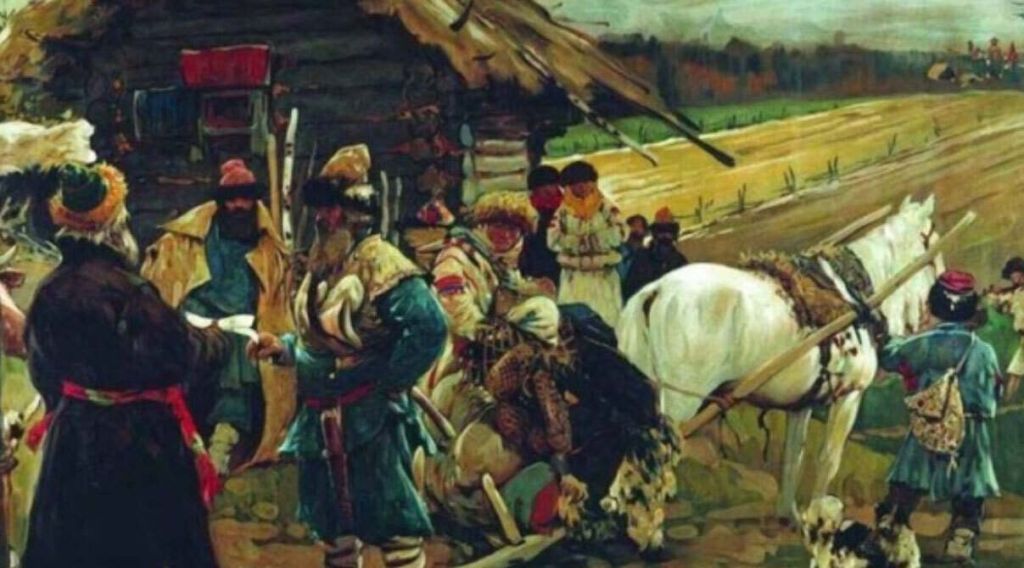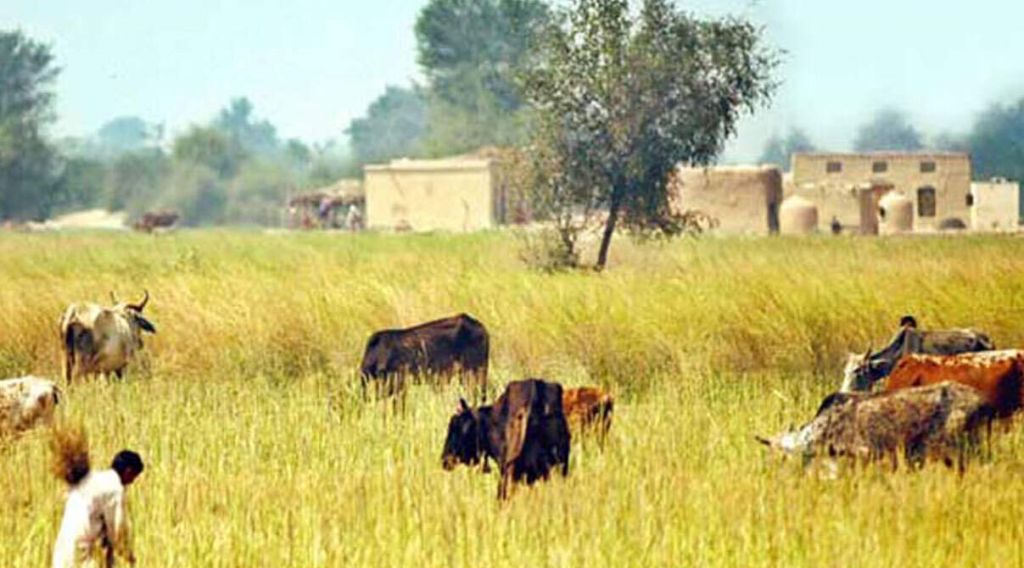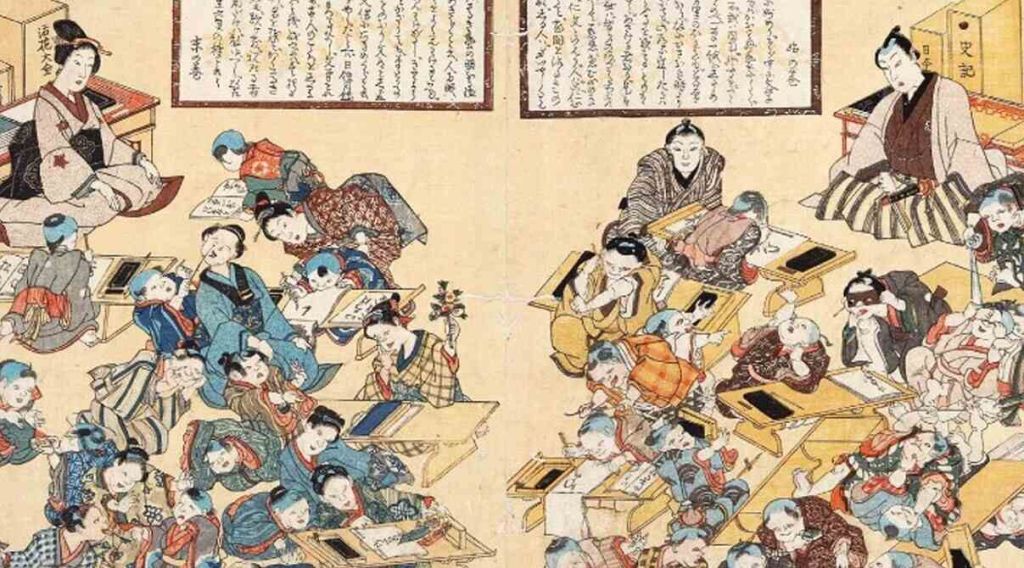The given statement consists of two important terms: Feudalism and Pakistani Education. Let’s discuss them in turn. Feudalism is quite a known word for most of us. It is such a concept that appeared many times in the dusty muddy pages of history.
Feudalism
The term is from the French word féodalisme, which originated from the Latin word feodum which means “Fee”. Some also say that the word feudal is from Indo-European Language. This word means “Cattle ” where cattle refers to ‘property’ or ‘money’.
History of Feudalism
Feudalism was the framework in tenth thirteenth-century European archaic social orders. Where a social chain of command was set up dependent on nearby managerial control and the appropriation of land into units. The term originated from the medieval era of Europe from the 9th Century to the 15th Century. When there was no such political administration or rule in the Western empire which resulted in the formation of local administrative lords and landowners.
There were some common terms used to describe the whole concept of feudalism which included the Lords who were the owners and noble heads, the vassals who got the land or the money by the lords, and the fief which was actually that money or land. The lord provided the fief to the vassal to work while in return the vassal had to provide any sort of service to the lord. The service may include any type of military or non-military service.
Feudalism in Nineteenth-century
Feudalism is such a concept that exists in many European countries. Including England, France, Italy, Germany, Roman Empire, and Portugal due to poor administration and inefficient bureaucracy. According to Karl Marx, one of the most famous philosophers of all time, it is due to the class difference between the elite and the poor which creates an aristocratic society with the elite having the power to rule the society. This rather creates an imbalance in the society resulting in chaos for the poor and oppressed while those in authority enjoy everything with zeal. Charlemagne or Charles the Great, who was the emperor of the Roman Empire, accepted the concept of feudalism in the 9th Century. This marked the advent of feudalism in Europe which lasted till the mid 19th Century.
Type of feudalism
There were two main types or examples of Feudalism i.n. Western European Feudalism and Semi Feudal (Non- Western) Feudalism. The Non-Western European or Semi Feudalist system was present in the colonies of the UK including Russia, China, the Subcontinent, and Japan. Every country had different principles and concepts for feudalism as the norms and structure for every colony were quite changed.
Feudalism in the subcontinent
The Subcontinent has been the British Colony for about 1 and a half. Who gained power in the region after the abolishment of the great Mughal Empire in 1857. Feudalism is one of the most prime practices that began even before the British takeover. And still exists among the roots of the Indo Pak region. It has shaped the collective thinking of the common man in such a manner that it is now almost impossible to change how we actually feel about it. Even after the separation in 1947 and living in such a modern era of the 21st Century, that these orthodox principles and thinking patterns have not changed.
Feudal Lords of Pakistan
Pakistan is a diverse land having a multicultural society. Here you will find people from different cultures and backgrounds having opposite ways of life. You cannot relate and compare the life of a villager living in a remote area of Balochistan to a farmer of Punjab. The women of Sindh are very much different from Khyber Pakhtunkhwa. The main differences between all these ethnic groups are the norms and values. One cannot judge them within the same perimeters. But Feudalism is one common practice which is deep rooted in every culture. Whether it may be the Nawab of Balochistan, the Khan of KPK, any Wadera of Sindh or Chaudhary of Punjab all lie under the same banner of feudalism who are the carriers of this mindset for decades.
Feudal mindset in Education
This corrupt mindset has created a big class difference in the society and has created major loopholes in every domain whether economy, land reforms, education, careers or personal choices. A common man has to face a lot of barriers to live his life. He can not go against the feudal or else he may not have the right to live. Out of all these, the most affected domain or field is Education and the educational institutes. I am not talking about the major cities of the country because the ratio is quite low there. But the remote and far-flung areas of almost every province have the local administration or feudal lord’s way much stronger than the provincial or federal government.
Without the head’s permission, you cannot perform anything. Even going to the school which is the basic right of every citizen living in the country. This is the point which actually makes the difference! The most affected province in education from the feudal culture is Sindh. It is still under the strong influence of feudalism. Half of the children of school going age do not go to school. This is because of a sick mentality that if they get educated, they won’t fear their feudal master. Those who are somehow studying, they fear that they may get local and provincial level jobs. This would result in loss or decrease of the feudal supremacy.
Disastrous impact on the education level of Pakistan
In Balochistan, still women and girls are not sent to school. This because of the fact that it is against their norms and traditions to teach the female citizens. They are also neglected from career opportunities and higher level studies. This is because they think that getting education may make them go against their values. We cannot blame them or their parents for this injustice. It is rather an accepted fact that the people living in tribes. Their cultural systems tell them that they cannot go against their lords. The local level schools are under the influence of feudal lords. They cannot even teach something that is against their cultural or tribal ideologies. Because it may be a betrayal from the family or tribe.
In Punjab, the tribal system or ‘Bradari’ has quite an influence on the people living. There may be no restriction from acquiring education here. But the class system has affected the living for a common man. Due to the strong class conflict, people are pressurized by the other peer groups. Children instead of going to school, work to support their homes and livelihood. About 12.5% and 31.5% children of age 5 to 14 work in Punjab and Sindh. About 1.5 million children remain out of school in Punjab in the year 2019. According to UNICEF, currently 58% girls in Sindh and 78% girls in Balochistan are out of school. This is due to socioeconomic factors and gender disparities. The statistics show a disastrous impact on the education level of Pakistan.
Educational Institutes
Not only this, the schools and educational institutes in many provinces are in a bad shape because neither the local administration nor the feudal give any sorts of attention to them. In Punjab, the schools have become barns where the local farmers keep the cattle animals. The schools in some parts of Sindh don’t even have the required furniture for the children and students to sit. Instead of focusing on the matter, the local leaders and feudal heads spend millions of rupees on their political campaigns and elections. To win seats and enjoy luxurious lifestyles irrespective of the fact that they have to do something for their people. This rusted system and ignorance has caused huge loss to our education system and the people of Pakistan. And it is like a swamp which is sucking us day by day.
What could be the possible solution?
Well speaking, it would need a lot of effort to change the collective mind set of people from this swamp of feudalism. But there are some possibilities that can actually help us in regaining the losses over the past decades. There is a dire need of educational reforms at both National and provincial level so that new policies can arrive. Currently, the government has launched the Single National Curriculum Program. Which is a great step and initiative in promoting same level education across Pakistan. This will help in reducing class differences among the segments of the society. The expenditure on education in Pakistan is 1.5% which is approximately 88.09 Billion and the lowest in the region. The government has announced to increase about 2.5% in the budget for education which is a good step. Initiatives like these would definitely solve the educational problems and crises in Pakistan.